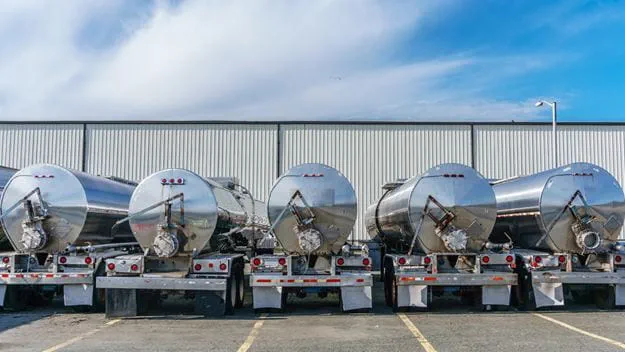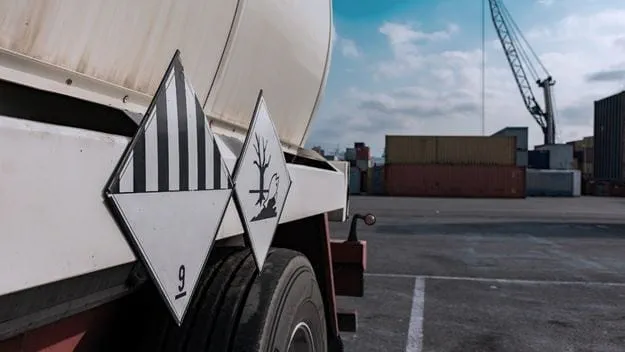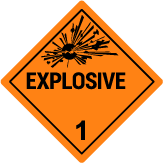
Hazard class 1: Explosive substances and articles
An explosive is any reactive substance or article, including a device, that contains a great amount of potential energy that can produce an explosion if released suddenly. The explosion is usually accompanied by the production of light, heat, sound, and pressure.Based on test methods, substances and articles of Class 1 have been divided into 6 classes of explosives.
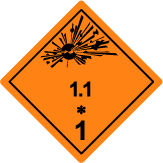
Division 1.1
Substances and articles which have a mass explosion hazard.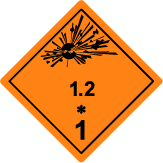
Division 1.2
Substances and articles which have a projection hazard but not a mass explosion hazard.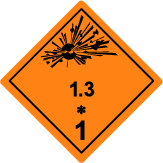
Division 1.3
Substances and articles which have a fire hazard and either a minor blast hazard or a minor projection hazard or both, but not a mass explosion hazard: (a) combustion of which gives rise to considerable radiant heat; or (b) which burn one after another, producing minor blast or projection effects or both.
Division 1.4
Substances and articles which present only a slight risk of explosion in the event of ignition or initiation during carriage. The effects are largely confined to the package and no projection of fragments of appreciable size or range is to be expected. An external fire shall not cause virtually instantaneous explosion of almost the entire contents of the package.
Division 1.5
Very insensitive substances having a mass explosion hazard which are so insensitive that there is very little probability of initiation or of transition from burning to detonation under normal conditions of carriage. As a minimum requirement they must not explode in the external fire test.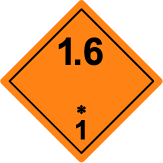
Division 1.6
Extremely insensitive articles which do not have a mass explosion hazard. The articles predominantly contain extremely insensitive substances and demonstrate a negligible probability of accidental initiation or propagation.Examples of commonly transported explosives
Examples for explosive dangerous goods are ammunition/cartridges, fireworks/pyrotechnics, flares, blasting caps/detonators, fuses, primers, explosive charges (blasting, demolition etc.), detonating cord, igniters, rockets, trinitrotoluene (TNT).
You may also be interested in
Any questions?
Our experts are ready to help. Get in touch and we'll find the solution you need.



